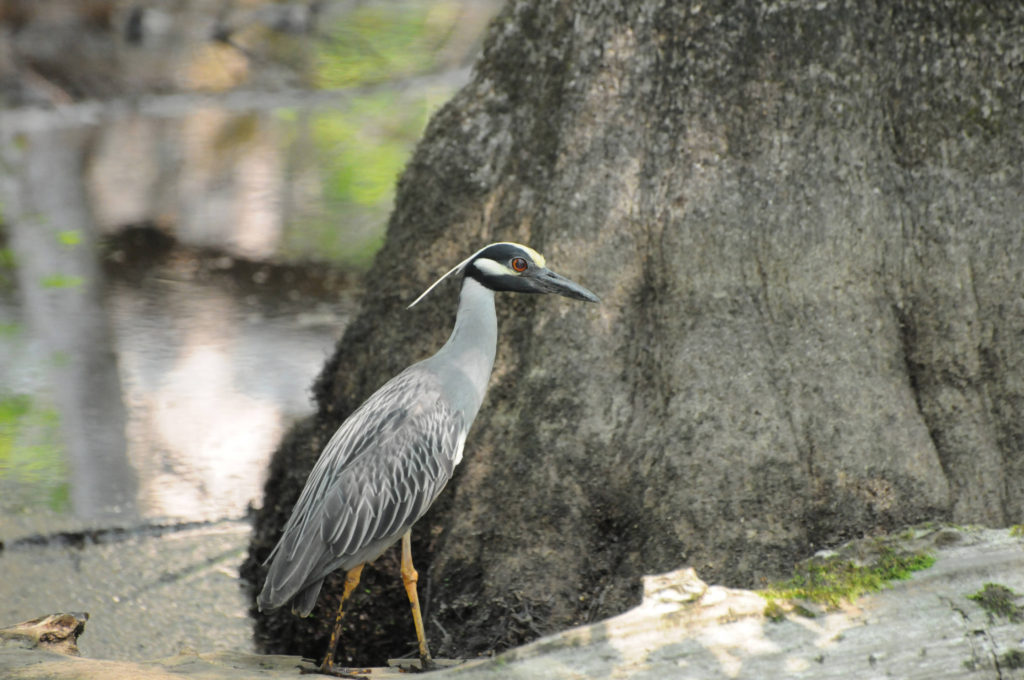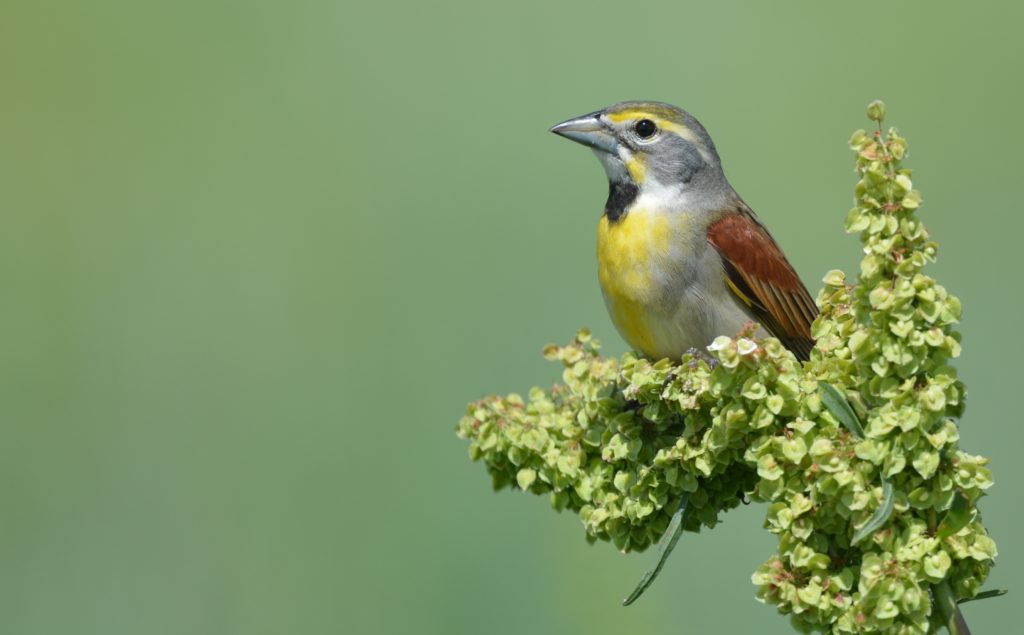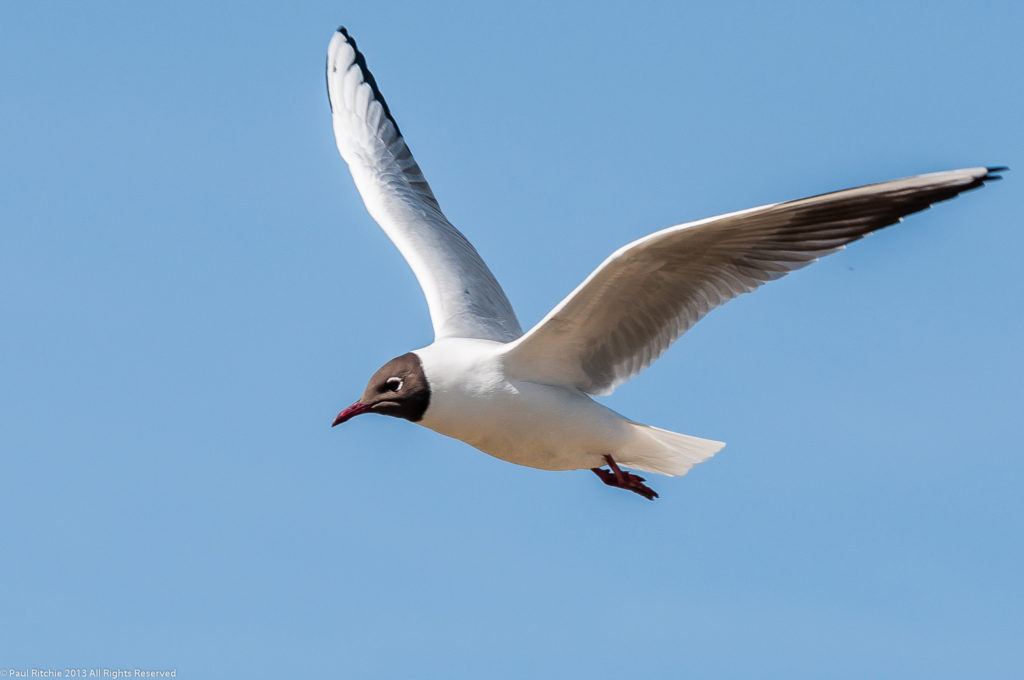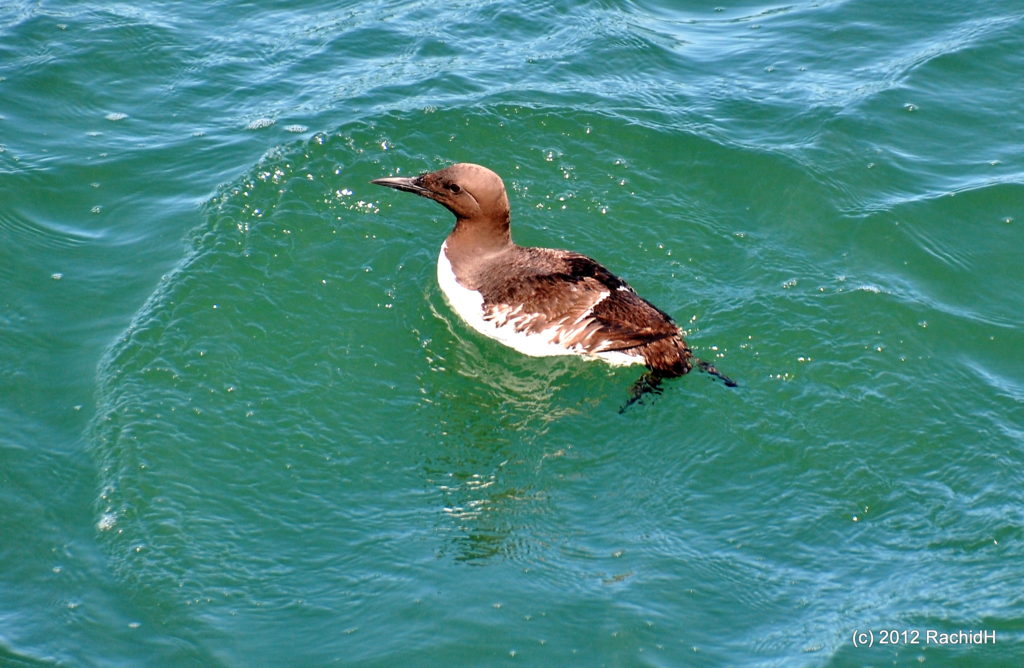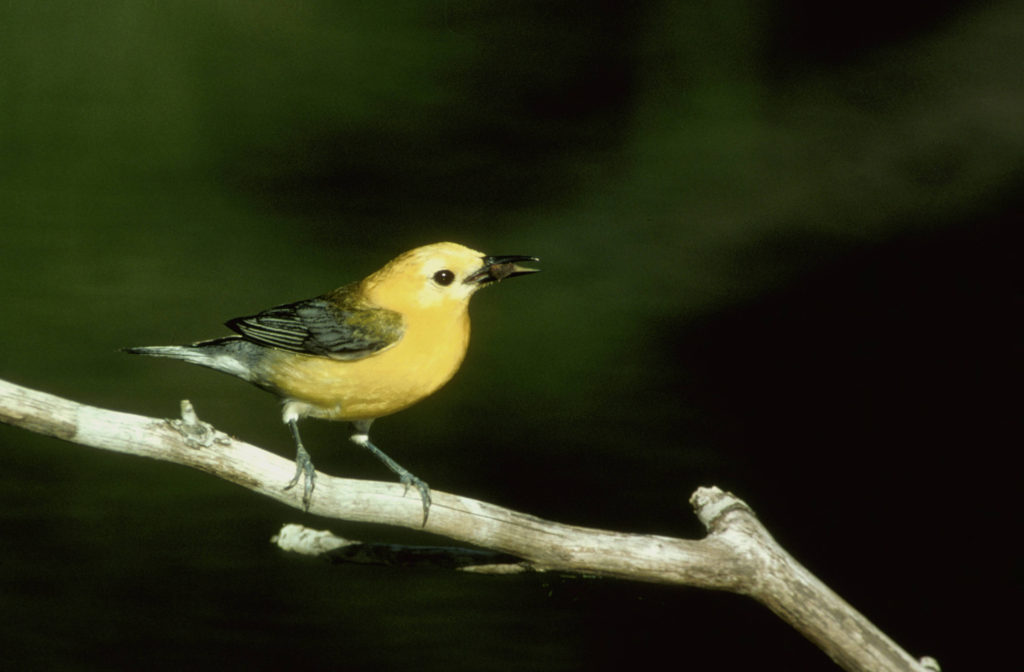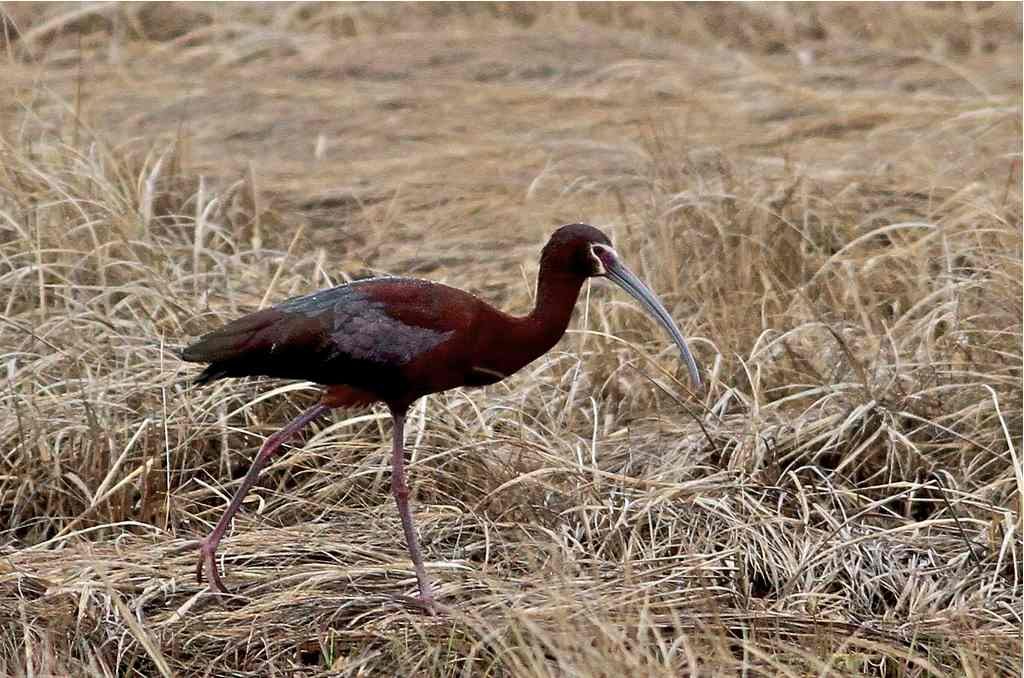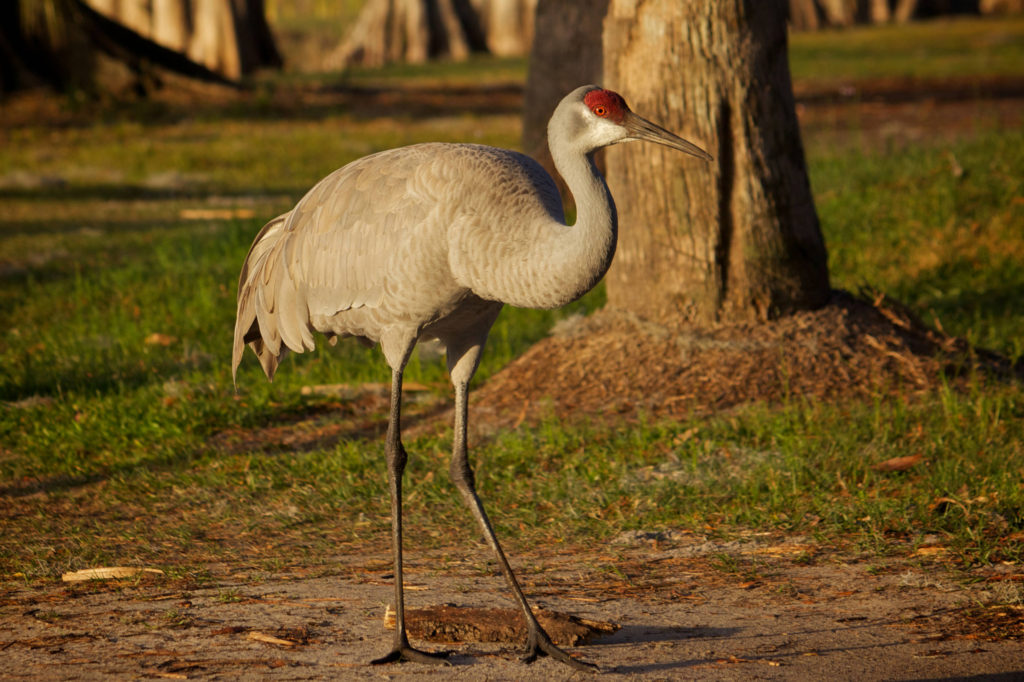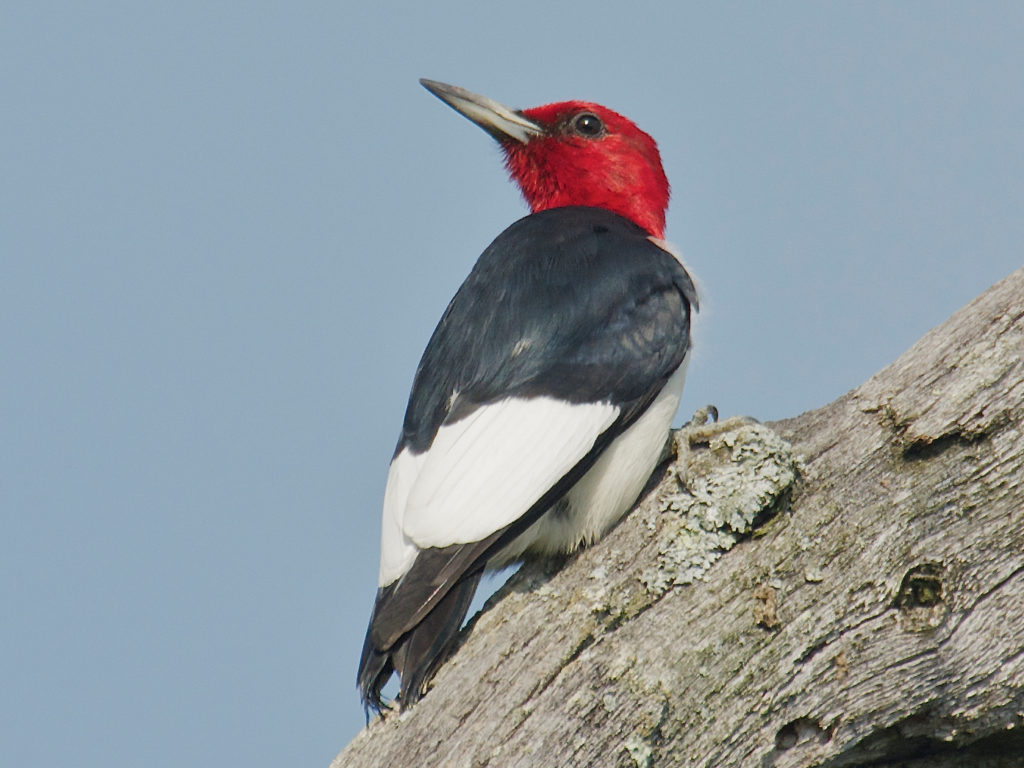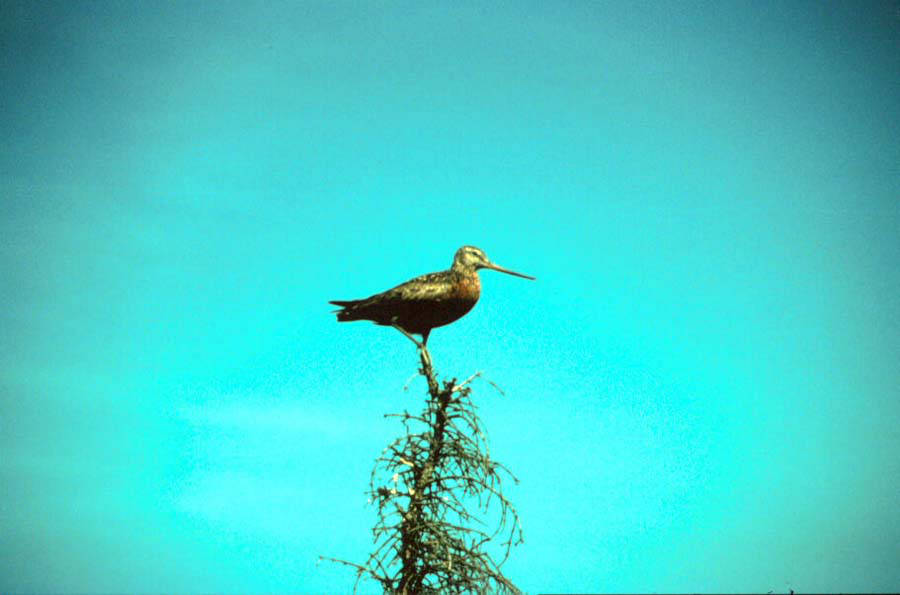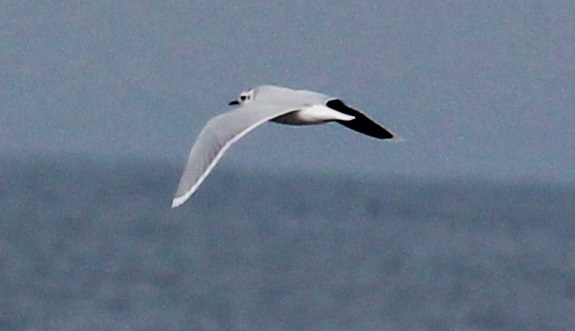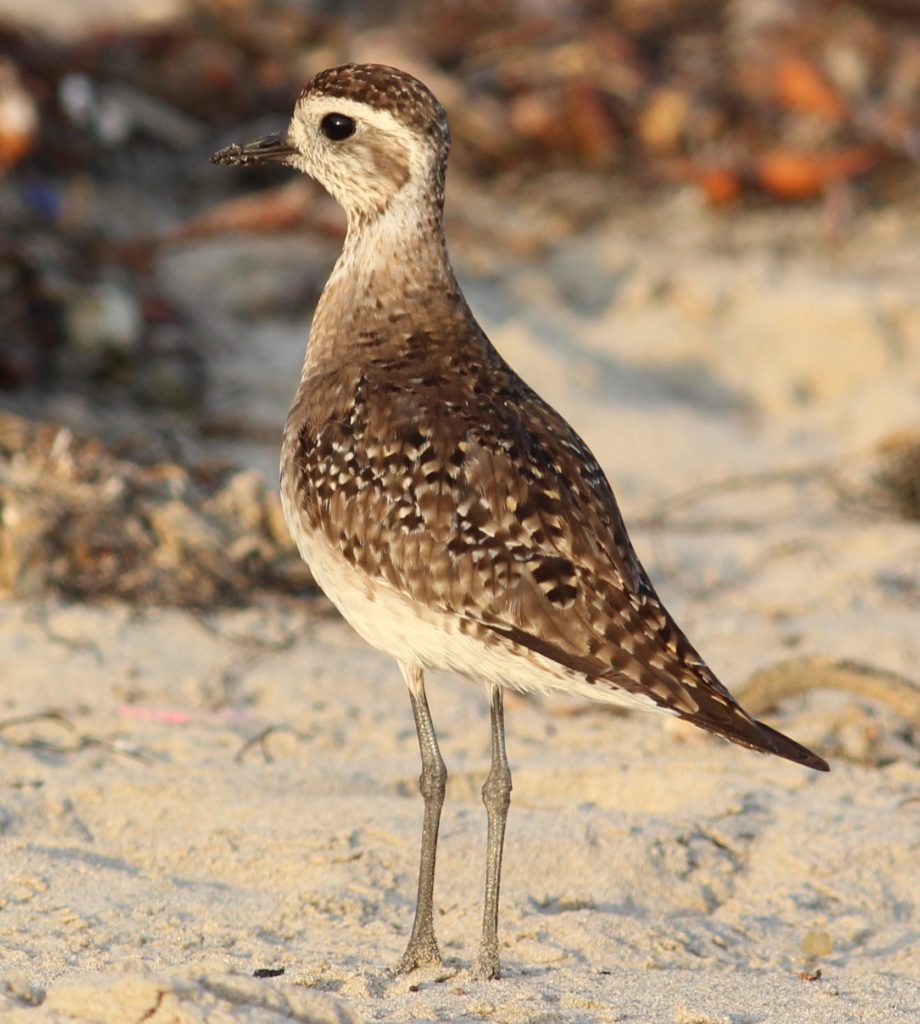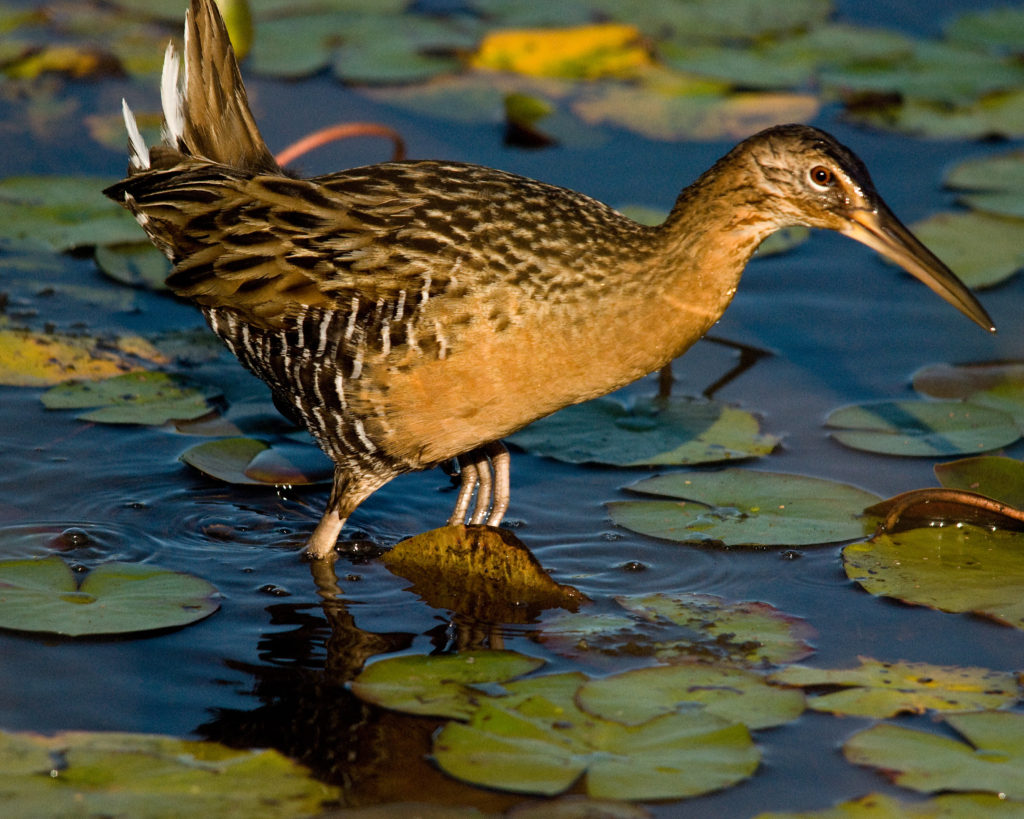By Lindall Kidd, Bird Conservation Associate
With spring officially here, one of the world’s most impressive songbird migrants, the bobolink, will be returning to Massachusetts. Bobolinks travel some 6,000 miles to South America for winter, with some returning to breed in Massachusetts hayfields. Over their lifetime, a bobolink can travel over 100,000 miles—that’s about halfway to the moon!
The Problem
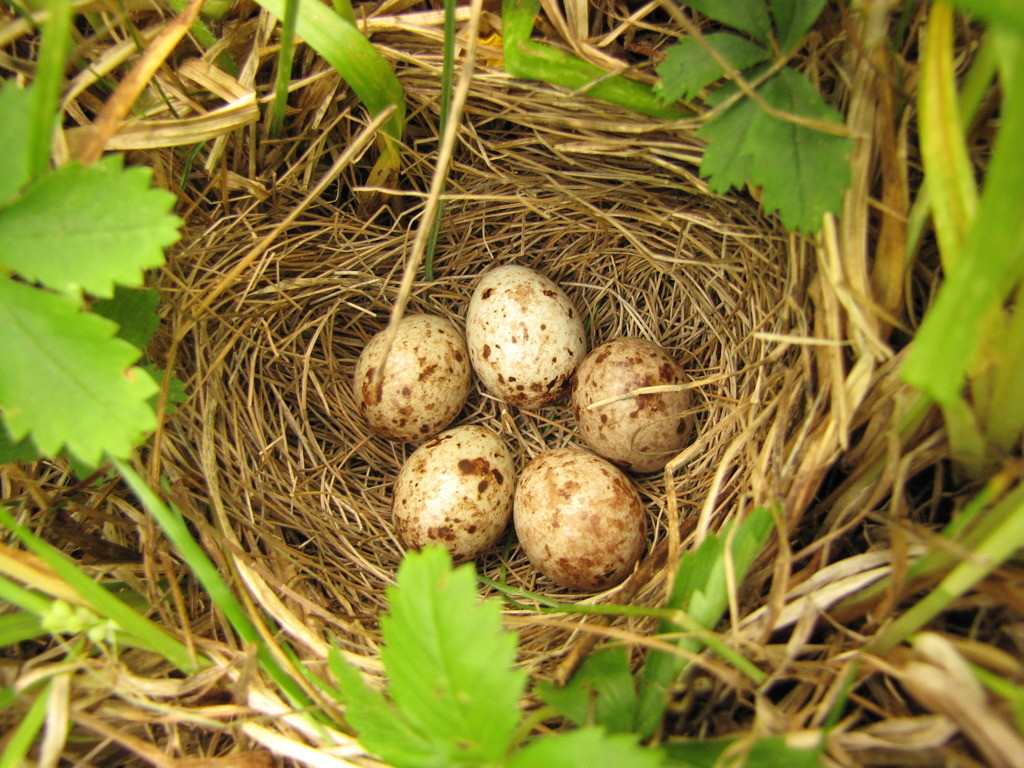
Bobolink eggs
Sadly, bobolink populations are declining in Massachusetts, New England, and beyond. Part of this decline is caused by the intensification of agriculture. Bobolinks build their nests on the ground in hayfields; in the northeast, agriculture is the only widespread land use that maintains the open land that they depend upon for breeding.
However, financial pressures force farmers to mow their fields during the weeks that bobolinks are nesting. Nestlings hatch in June, which is when farmers typically harvest their first—and most valuable—cut of hay. Haying the fields when bobolinks are nesting typically results in a complete loss of eggs and nestlings.
A Solution
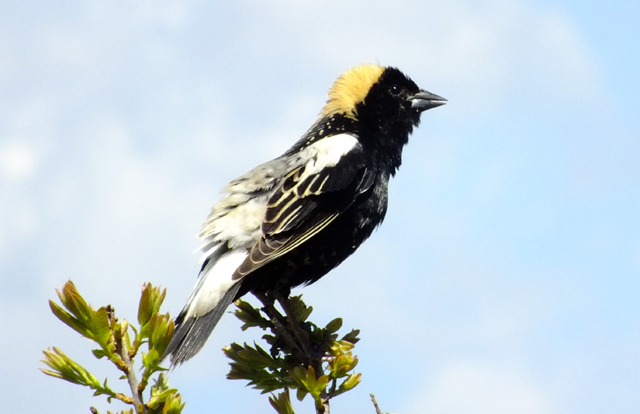
copyright Martha Akey
A promising solution to this is The Bobolink Project, which helps farmers and birds by financing bird-friendly mowing practices. There are many hay farmers in New England who are willing to delay mowing for the sake of nesting grassland birds, but to do so costs money: late season hay is less valuable than early season hay.
The Bobolink Project “buys time” for grassland birds to successfully nest on working farms by providing financial support, collected from conservation donors, which is paid to farmers who are willing to manage their fields for grassland birds.
In 2015, approximately 550 young fledged from fields enrolled in The Bobolink Project. These hayfields also supported other declining grassland bird species such as savannah sparrows, eastern meadowlarks and northern harriers.
This year, Mass Audubon has joined forces with Audubon Vermont and Audubon Connecticut to help expand The Bobolink Project and we need your help! Pass this information to your friends, farmers or donors, and ask them to tell their friends, too. For 2016, we need the support of both farmers and donors by April 22.


